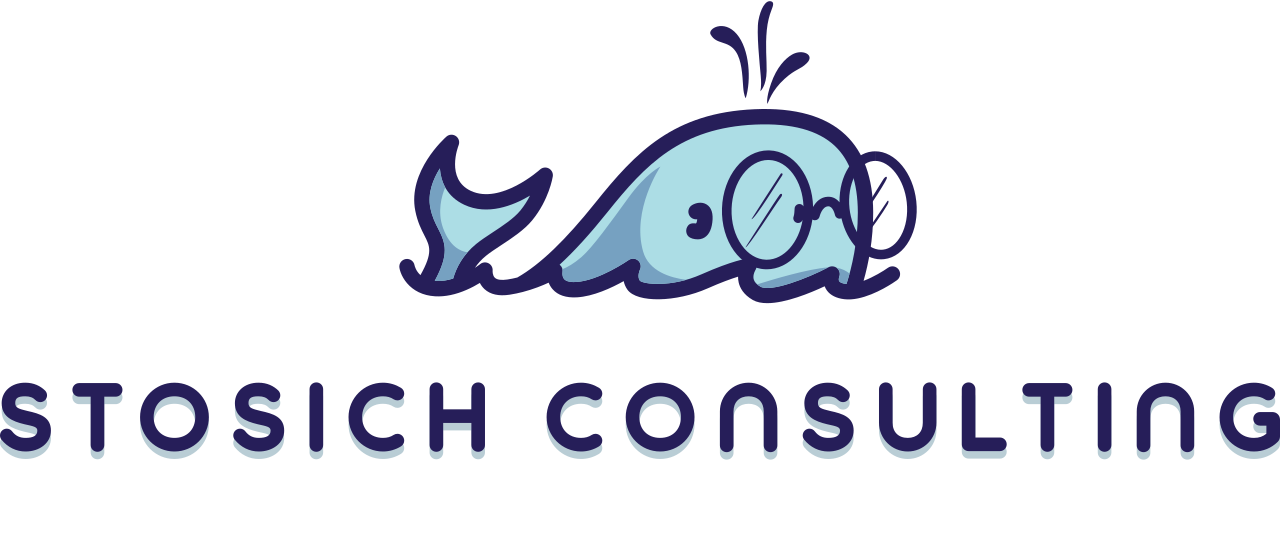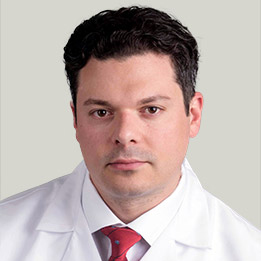Myofunctional Orthodontics and Early Intervention: Scientific Advancement or Pseudoscience?

Round Lake, IL – New trends seem to pop up almost daily. The orthodontic world is no different, seeing technological advances and new theories introduced regularly. Myofunctional orthodontics as a means to correct dental and facial growth patterns in children is one such practice.
What is this approach and is it based in science? Dr. Michael Stosich takes a closer look to help you decide if this method has value for your child.
“Myofunctional orthodontics is an approach that believes that we can address orofacial muscle dysfunction early, sometimes as young as four, to influence jaw development and prevent future malocclusions from arising,” says Dr. Stosich. “I know this sounds promising and many parents may be drawn to it. Orthodontic professionals should be focused on evidence-based care. It is our responsibility to scrutinize these claims with a critical eye.”
What is myofunctional orthodontics?
The basic principle of myofunctional orthodontics is that early intervention can be used to guide the growth of the jaw and teeth. This can then reduce the need for future orthodontic treatment.
Those who use myofunctional orthodontics use specialized appliances to correct improper muscle function in the oral and facial region. It is believed that by encouraging proper muscle function, positive changes in facial development will follow. Proponents also believe it can improve airway function and enhance overall health outcomes.
“In theory, this makes sense,” says Dr. Stosich, who has years of clinical experience. “We know that habits such as thumb-sucking and prolonged mouth breathing have negative impacts on a growing smile. But what is less clear is whether the use of myofunctional appliances can reliably provide the desired outcomes without introducing new risks.”
The Evidence Gap: Where’s Science?
As always, Dr. Stosich says look to the science. And unfortunately, there is a lack of peer-reviewed research on the use of myofunctional orthodontics to support its widespread use. This is especially true for children under the age of seven.
“You can find plenty of case studies and anecdotal reports of success,” says Dr. Stosich. “But these do not meet the rigorous standards needed to establish an evidence-based practice. The majority of studies that you can find are small in scale or lack proper control groups. Additionally, some are funded by entities who may have potential conflicts of interest. And when it comes to the health and safety of patients, especially our youngest, these studies simply don’t make the grade.”
Dr. Stosich also points out that most of the professionals proposing and using myofunctional orthodontics are not even board-certified orthodontists. Most of these pracitioners are actually pediatric dentists or general dentists.
Dr. Stosich is a board-certified orthodontist and diplomate of the American Board of Orthodontics. This means he is committed to providing evidence-based treatments backed by rigorous scientific data. While every orthodontist is a dentist, not every dentist is an orthodontist. This distinction is critical. Orthodontists undergo specialized training focused on the nuances of facial growth, development, and the biomechanics of tooth movement. This is not, however, the primary focus of general dental or pediatric training.
The American Association of Orthodontists (AAO) and the British Orthodontic Society (BOS) are two of the world’s leading orthodontic organizations. The AAO found that the available data on early myofunctional treatment is not only limited, but it lacks the rigor to draw strong conclusions about its efficacy. Similarly, the BOS has issued statements emphasizing that early interventions should be approached with caution. The BOS highlights the need for more high-quality, long-term studies to prove these treatments are effective.
| Organization | Position on Myofunctional Orthodontics |
| American Association of Orthodontists (AAO) | Insufficient evidence to support early treatment effectiveness |
| British Orthodontic Society (BOS) | Advocates evidence-based orthodontics, cautious about early use |
Are there risks to premature treatment?
Every medical professional should adhere to the principle of do no harm. But this is especially true when we are treating young children. The use of myofunctional appliances in early intervention does have potential downsides. Parents need to consider the negatives that can accompany it, including discomfort and psychological distress.
“The risk of over-treatment is very real,” says Dr. Stosich. “Children can undergo unnecessary procedures without clear evidence of long-term benefits. We also have to consider the possibility that these well-intentioned treatments may inadvertently worsen a child’s skeletal or dental condition.”
Given the possible risks, Dr. Stosich feels strongly that these orthodontic interventions must be supported by strong, peer-reviewed evidence before being recommended as standard practice. And especially so for our youngest patients. While there are theoretical benefits to these early interventions, Dr. Stosich does not believe that they justify deviating from proven, evidence-based orthodontic protocols without clear proof of safety and efficacy.
Quackery or Untapped Potential?
Despite the lack of clear evidence, Dr. Stosich does believe it’s important to discuss myofunctional orthodontics with an open mind. But he believes it still requires a critical eye and should not be endorsed without substantial evidence. The concepts underlying myofunctional therapy are not without merit. In fact, a growing body of research links poor oral habits to issues such as malocclusions, sleep-disordered breathing, and temporomandibular joint dysfunction. But the leap from acknowledging these links to using early orthodontic interventions remains significant.
The field currently lacks rigorous, high-quality studies to confirm that myofunctional orthodontics delivers on its promises. And this is especially true when applied to young children. Aailable evidence is largely anecdotal with reliance on practitioner testimonials. This should give us pause, considering there are not scientifically controlled trials.
Ethical Considerations for Practitioners
“As a board-certified orthodontics, I have to ensure any treatments I use are both safe and effective,” says Dr. Stosich. “I know the parents of my patients want what is best, and so do I. That’s why I use evidence-based methods to treat my patients.”
Here are some questions Dr. Stosich believes should guide clinical decisions:
- Does scientific literature have any information on the long-term efficacy of myofunctional orthodontics?
- Do any independent and peer-reviewed studies exist that support the use of myofunctional orthodontics in children under the age of seven?
- Does adopting this approach prematurely introduce unnecessary risks?
Based on Dr. Stosich’s expertise, practitioners should rely on our current orthodontic interventions that have been proven successful. These are backed by decades of research and have proven safe and successful and should be used until more conclusive evidence is available to support the use of myofunctional orthodontics. This may be considered a conservative approach, but Dr. Stosich feels it is the right one. It aligns with the principle of minimizing harm while maximizing benefits, and this should always be a goal, especially when treating a population such as young children.
Conclusion: Should we turn to Myofunctional Orthodontics?
Myofunctional orthodontics remains and unproven and largely speculative treatment strategy, despite marketing efforts. It simply lacks the scientific evidence needed to justify its widespread use.
“The benefits sound fantastic, but our excitement about these benefits should never get in the way of our commitment to evidence-based care,” says Dr. Stosich. “For now, I think it would be wise to approach myofunctional orthodontics with skepticism. I believe this to be especially true for treating children under the age of seven.”
Dr. Stosich believes the safest option for patients is to adhere to well-established orthodontic protocols until more rigorous, peer-reviewed studies are available. Our ethical duty as practitioners is to prioritize the well-being of our patients. This remains our best guide in the ever-evolving world of orthodontics.
References
- American Association of Orthodontists (AAO). “Critical Appraisal of Early Orthodontic Intervention.” (2023).
- British Orthodontic Society (BOS). “Guidelines on Evidence-Based Orthodontic Practice.” (2022).


